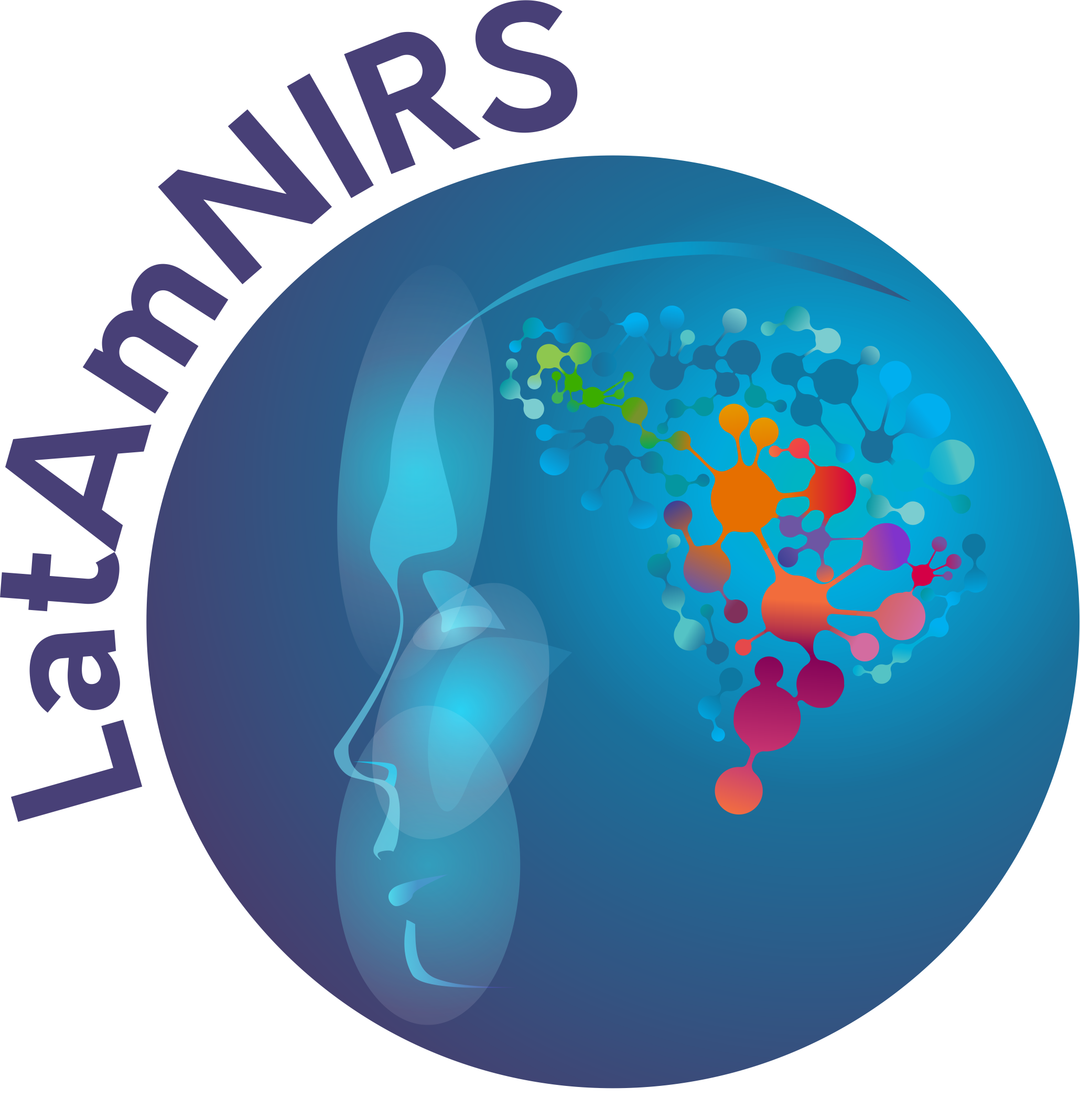Neurovascular coupling
Definition: Neurovascular coupling is a complex physiological process that regulates blood flow and oxygen delivery to the neuronal tissue during functional activity and is related to the neurovascular unit. The latter comprises the local vascularture , neurons, and astrocytes. A gross oversimplification can be summarized as follows: neural activation increases oxygen demand. Following arterial endothelium signaling, the regional lood flow is increased. This results in an increase in the cerebral blood flow and cerebral blood volume. Larger increases in cerebral blood volume compared to the regional oxygen consumption results in an increase in blood oxygenation in the region. Neurovascular coupling can be compromised in brain regions that are affected by pathological processes (e.g. inflammation, lesions), which should be considered in the interpretation of hemodynamic brain imaging data of certain patient populations (e.g. traumatic brain injury, or stroke).
Alternative definition: Optical density or absorbance is the ability of a material to transmit light through it. It is affected by the wavelength of light. At the same time, absorption is the transfer of wave energy when the wave passes through a medium.
Synonym:
References: doi: 10.1117/1.JBO.26.10.100901; DOI:10.1152/japplphysiol.01217.2001doi: 10.1038/s41598-022-06082-1
https://doi.org/10.3390/jfmk4020028
Related terms: Light Intensity
